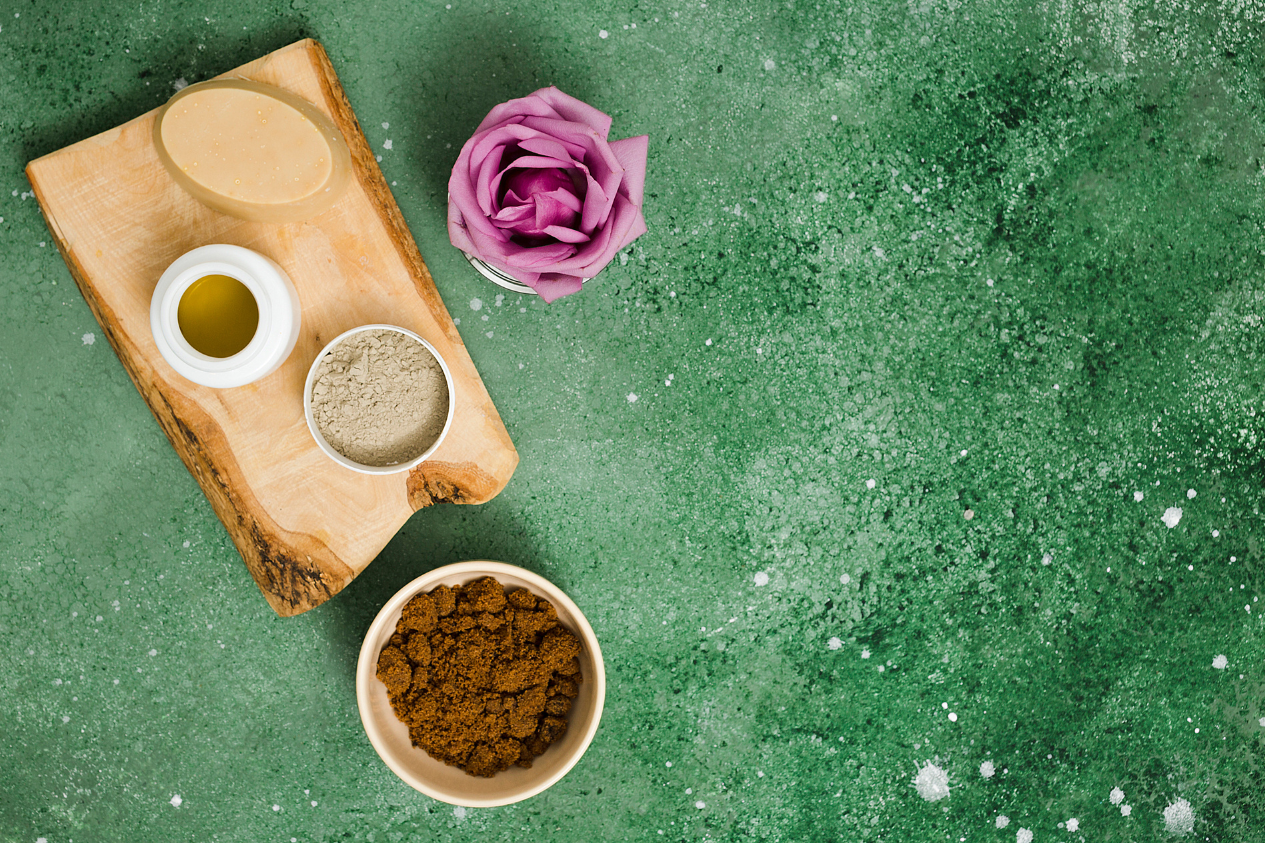
More Herbs, Less Salt Day: Indian Herb-Infused Recipes for Wellness
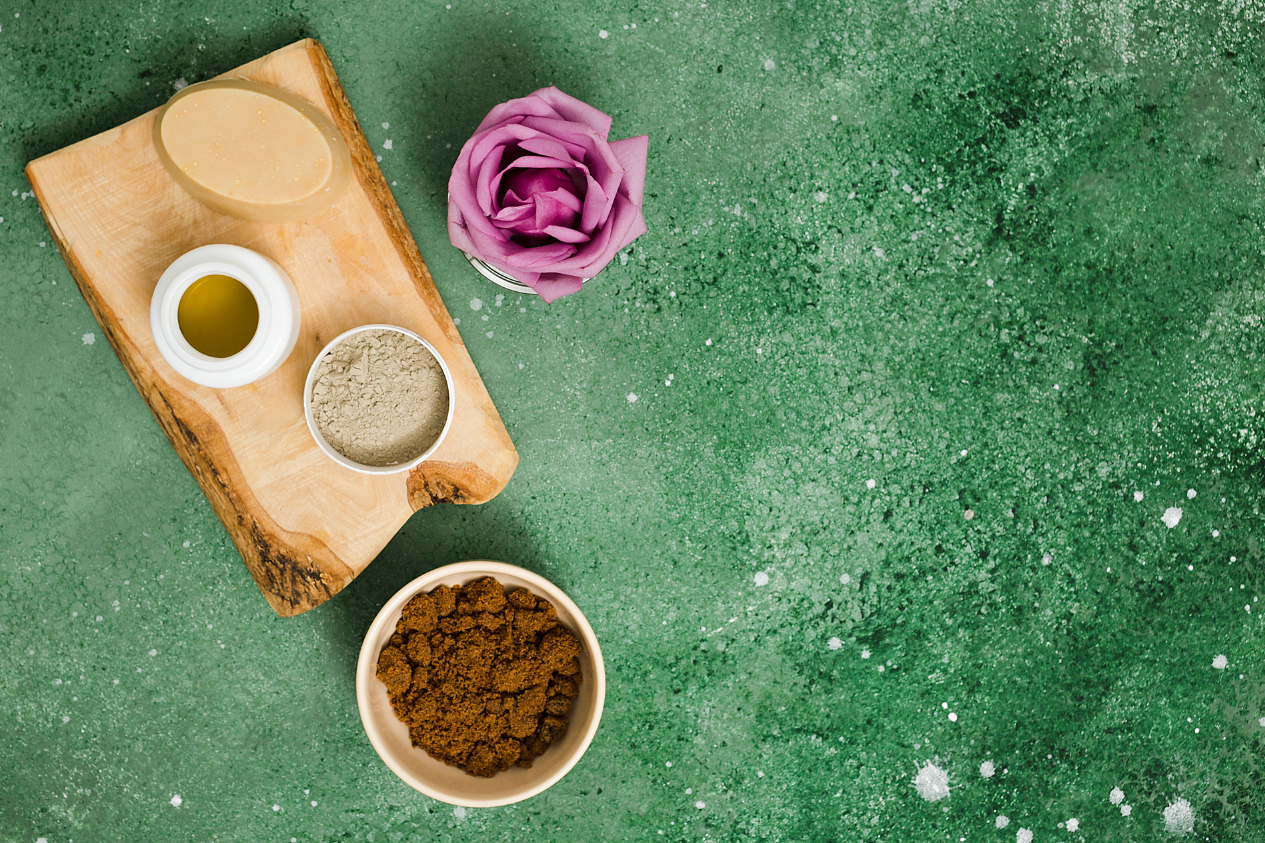
On August 29 of each year, food enthusiasts and health-conscious individuals celebrate "More Herbs, Less Salt" Day — a gentle reminder that salt does not have to be your only flavouring ingredient when cooking. In fact, India's remarkable culinary traditions have been demonstrating this for hundreds of years. With an Indian pantry full of tulsi, coriander, mint, curry leaves, fenugreek, dill, and holy basil — so many herbs! — Indian kitchens have been realising the values of flavour through freshness, rather than relying on salt to flavour food for generations.
This day of celebration invites us to begin to rethink how we already incorporate food seasonings in our everyday food practices: bringing forward herbal infusions that excite the palate while supporting health-beneficial properties. When salt use is minimised in food preparation, the nuances of the herbs can then become available for odours, flavours, and potential healing properties. In a country that takes the value of Ayurveda as a fundamental character of its food culture, the point seems especially relevant.
In this blog, I would like to talk about how herbs should be the stars of our cooking, and share some more wellness-based recipes from India based on the spirit of "More Herbs, Less Salt".
Why Choose “More Herbs, Less Salt”?
- Health Advantages:
Too much sodium can contribute to hypertension, bloating and stress on the cardiovascular system. Meanwhile, herbs, specifically, offer amounts of antioxidants, vitamins and phytonutrients associated with digestive and immune support and general systemic health.
- Flavour Distinction:
Herbs provide levels of flavour complexity — mint can cool, coriander brightens, tulsi can provide insulation, and curry leaves can lend a deeper layer. Salt sharpens; herbs create nuance.
- Cultural Context:
In Indian traditions, herbs are not seen as garnishes. Tulsi is sacred; ajwain is a digestive aid; cilantro detoxifies; neem is a purifier; by using herbs more, we play the role of followers of our ancestral roots.
Indian Herb-Infused Recipes for Wellness
1. Tulsi & Ginger Herbal Rasam
This Tulsi and Ginger Rasam is a soulful South Indian broth with an herbal twist. Instead of relying on heavy seasoning, tulsi (holy basil) provides earthiness, while ginger adds warmth.
Ingredients for Tulsi & Ginger Herbal Rasam:
- 2 cups tamarind water
- 1 tbsp cooked toor dal (optional for thickness)
- 10–12 fresh tulsi leaves
- 1-inch ginger, grated
- ½ tsp black pepper powder
- 1 tsp cumin powder
- 1 tbsp coriander leaves, chopped
- 1 tsp ghee
Method for Tulsi & Ginger Herbal Rasam:
- Heat the ghee, add ginger, pepper, and cumin.
- Pour in tamarind water and bring to a boil.
- Add tulsi leaves just before turning off the heat.
- Garnish with fresh coriander.
Wellness Note: Tulsi is revered for its immunity-boosting and anti-inflammatory properties. A bowl of this rasam can uplift moods while easing digestion.
2. Mint & Dill Raita
A refreshing mint and dill raita makes for a wholesome side dish that cools the body and balances spicy curries.
Ingredients for Mint & Dill Raita:
- 1 cup yoghurt (hung curd for thickness)
- ½ cup mint leaves
- ¼ cup dill leaves
- 1 small cucumber, grated
- ½ tsp roasted cumin powder
- A pinch of rock salt (or skip completely)
Method for Mint & Dill Raita:
- Blend mint and dill into a smooth paste.
- Mix the paste into yoghurt with cucumber.
- Season with cumin and minimal salt.
- Pro Tip: Try adding crushed black pepper or roasted ajwain seeds instead of salt for added zing.
Wellness Note: Mint aids digestion, while dill is rich in antioxidants. Together, they make a gut-friendly, cooling combination.
3. Coriander & Curry Leaf Chutney
Indian meals often feature chutneys, but this herbal green chutney skips excessive salt in favour of bold herb pairings.
Ingredients for Coriander & Curry Leaf Chutney:
- 1 cup fresh coriander leaves
- ½ cup curry leaves
- 1 green chilli
- 1 tbsp lemon juice
- 1 tsp roasted chana dal
- 1 tsp ginger, chopped
Method for Coriander & Curry Leaf Chutney:
- Blend coriander, curry leaves, chilli, and ginger with water.
- Add lemon juice and roasted chana dal for texture.
- Skip or minimise salt — the tartness compensates beautifully.
Wellness Note: Curry leaves are packed with iron and antioxidants, while coriander supports detoxification. This chutney pairs well with idlis, dosas, and parathas.
4. Ajwain & Kasuri Methi Paratha
This ajwain and kasuri methi paratha relies on aromatic herbs to elevate simple whole wheat flour into a wellness-packed bread.
Ingredients for Ajwain & Kasuri Methi Paratha:
- 2 cups whole wheat flour
- 1 tsp ajwain seeds
- 2 tbsp kasuri methi (dried fenugreek leaves)
- 1 tbsp yoghurt
- Ghee for roasting
Method for Ajwain & Kasuri Methi Paratha:
- Knead flour with yoghurt, kasuri methi, and ajwain.
- Roll into parathas and roast with ghee.
- Serve with curd or chutney.
Wellness Note: Ajwain aids digestion, while fenugreek helps regulate blood sugar. The flavour is so rich that salt becomes almost unnecessary.
5. Herbal Khichdi with Dill & Mint
Khichdi doesn’t need to be plain comfort food. This herbal khichdi is light, wholesome, and powered by herbs.
Ingredients for Herbal Khichdi with Dill & Mint:
- ½ cup moong dal
- ½ cup rice or millet
- 1 tbsp ghee
- ½ tsp turmeric
- 1-inch ginger, grated
- ½ cup dill leaves
- ¼ cup mint leaves
- Black pepper for spice
Method for Herbal Khichdi with Dill & Mint:
- Wash rice and dal, pressure cook with turmeric and water.
- Temper with ghee, ginger, and black pepper.
- Mix in chopped dill and mint before serving.
Wellness Note: A healing dish for the stomach and soul, this khichdi is light yet deeply nourishing, showing how herbs can balance simplicity with flavour.
6. Lemongrass & Tulsi Detox Tea
For the perfect end, nothing beats a herbal detox tea infused with lemongrass and tulsi.
Ingredients for Lemongrass & Tulsi Detox Tea:
- 1 stalk lemongrass, chopped
- 8–10 tulsi leaves
- 1-inch ginger
- 2 cups water
- ½ tsp honey (optional)
Method for Lemongrass & Tulsi Detox Tea:
- Boil water with lemongrass, ginger, and tulsi leaves.
- Simmer for 5 minutes, strain, and sip warm.
Wellness Note: This tea calms nerves, aids digestion, and reduces dependence on caffeinated beverages. It’s a natural “wellness tonic” in a cup.
The Greater Wellness Message
"More Herbs, Less Salt" Day is not just a culinary exercise; it is also a wellness signal. India is known for its ancient food practices, which advocate seasonality, freshness, and an abundance of herbs. By returning herbs to the centre of our plates, we not only reconnect with ancient practices, but we also adapt to the modern-day concerns around issues like hypertension and lifestyle stress.
The intention of reducing salt is not to deprive ourselves of flavour, but to introduce flavour anew. The flavours in a minty raita, tulsi rasam, or ajwain paratha show that herbs don't just substitute salt; they can propel food to something more life-infusing and exhilarating.
Loved these Indian herb-infused recipes? Discover more and share your own creations on the Foodism recipe-sharing app. Join a community of food lovers where wellness and flavour go hand in hand!
Download Foodism today and start sharing your recipes.
Related Blogs

Fusion Thanksgiving: India-Inspired Global Feast
73 Views

Food Offerings and Festive Plates of Kartik Purnima
167 Views
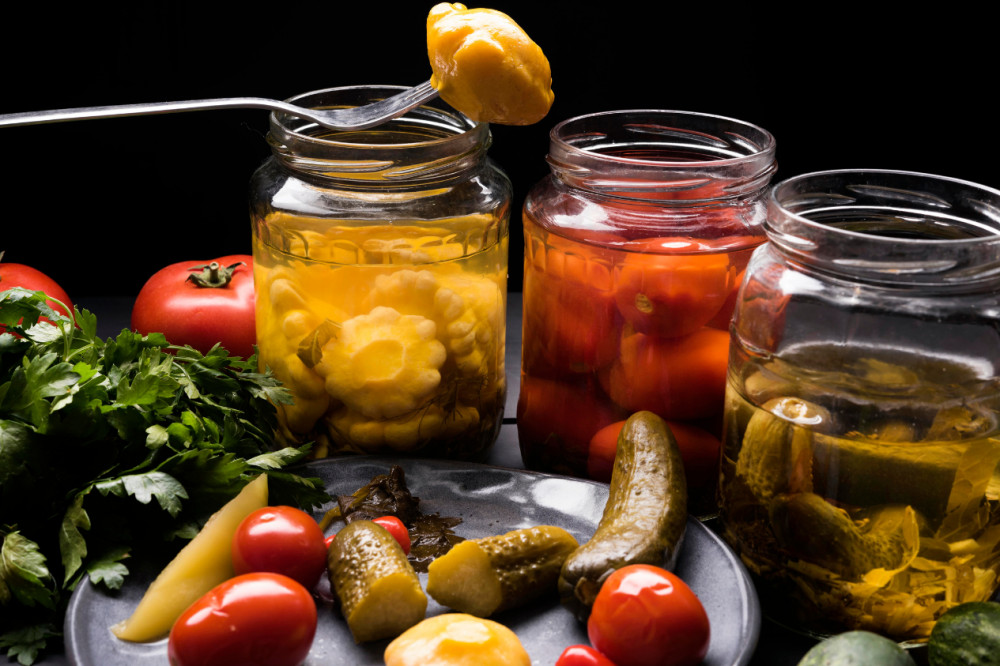
The Science of Ferment: Easy Homemade Fermented Foods
127 Views
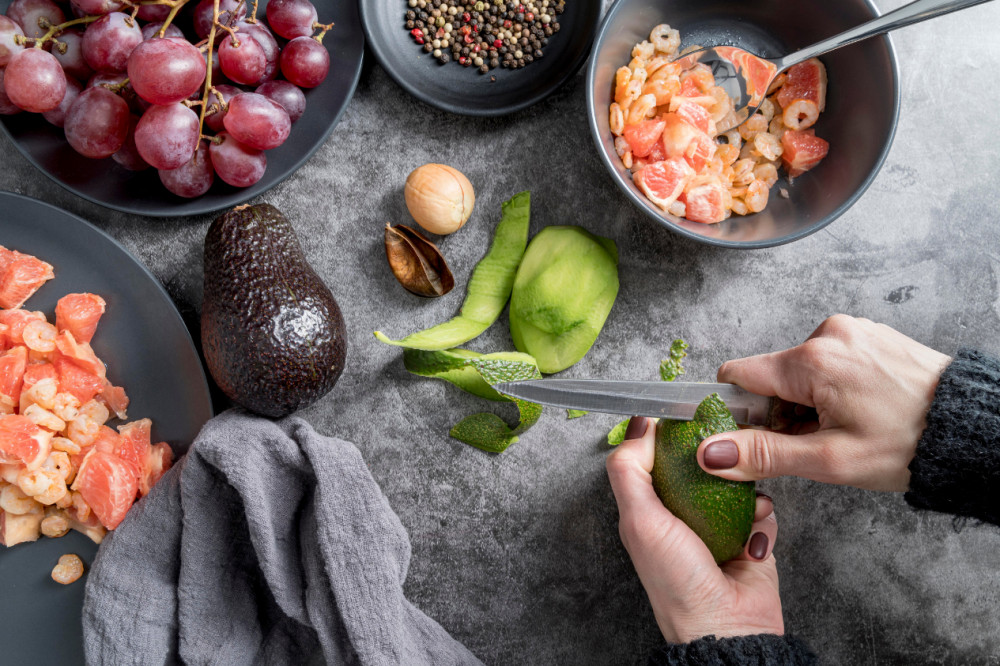
Zero-Waste Cooking: 7 Dishes That Use Every Bit
128 Views
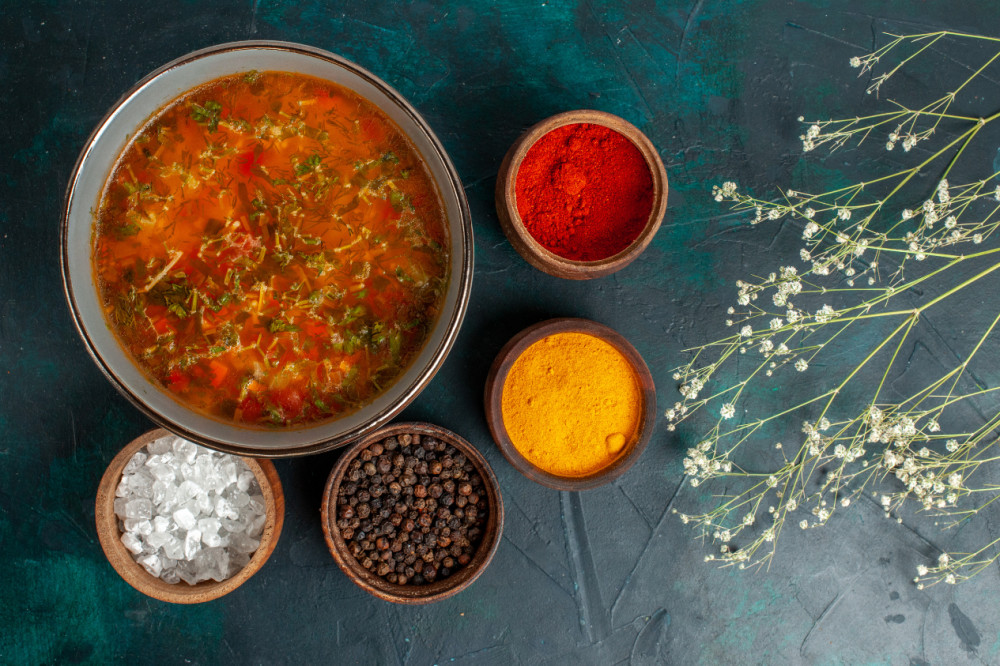
Warm Spices, Cold Valleys: Comfort Food from Kashmir
169 Views